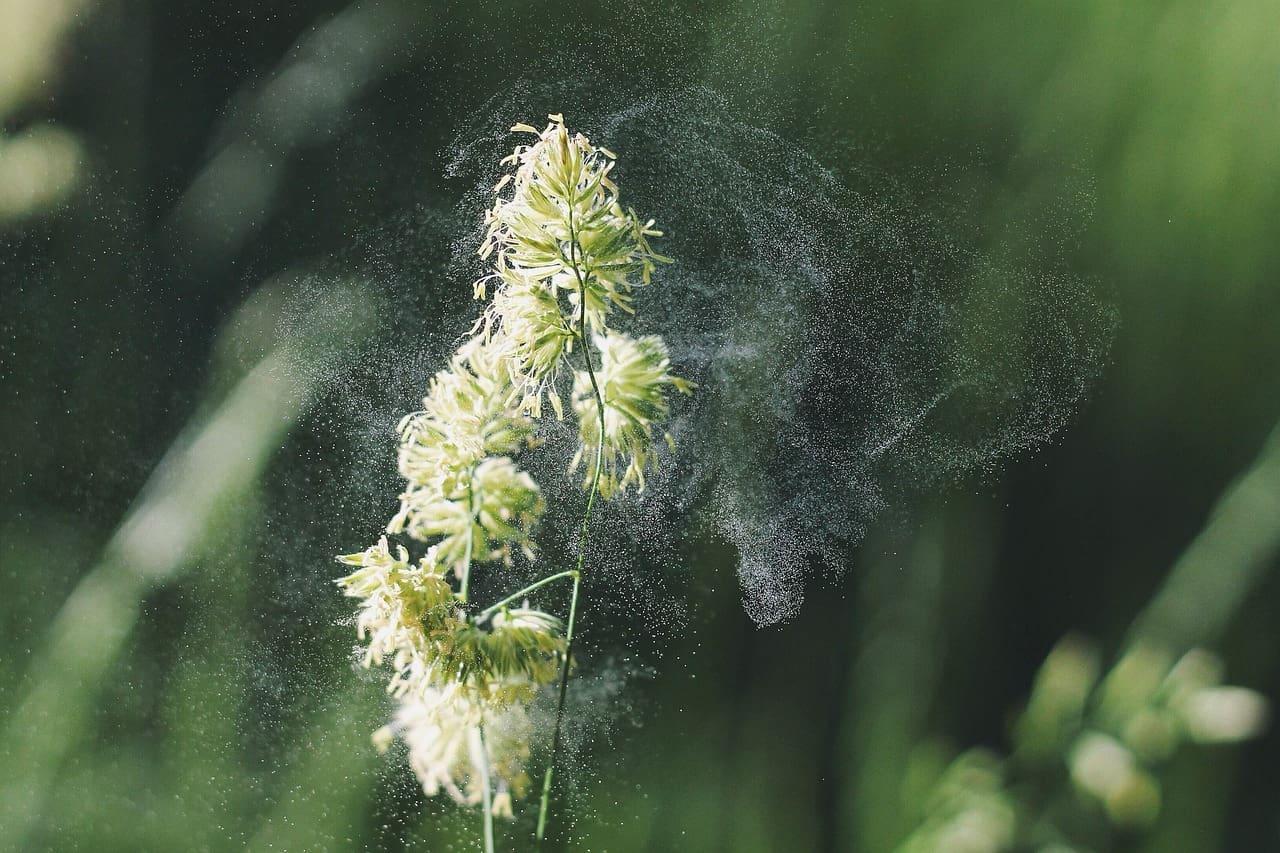
For people who suffer from allergies, there is a lot more to washing and drying clothes than simply removing dirt and grime. Seemingly clean clothes can end up irritating sensitive skin for a multitude of reasons. Dust mite allergies are one of the most common, but other laundry-related allergies can be caused by mold, pollen, chemicals, and fabric materials. The good news is that all these laundry allergies are completely avoidable with a little bit of know-how. Check out these top three laundry tips to find solutions for all your laundry-related allergies.
Clean Your Washer, Dryer, and Laundry Space
Whether your allergies are from outside pollens or inside mold, one of the best ways to keep those irritants in check is by thoroughly cleaning out your washer and dryer. Frequently wipe down the inside of your washing machine and the lint trap of your dryer to prevent mold from building up in your machines.
In addition, try running a wash cycle without any clothes in your washing machine. This gives your equipment the chance to cleanse itself of any allergens without depositing them into your clothes. If you want to ensure absolutely no mold is surviving in your washing machine, you can run an empty load with a capful of bleach to kill off any allergens.
It is important to keep the area around your washer and dryer clean as well. Laundry rooms tend to be dark and humid, making them the perfect habitat for mold to grow. Wipe down the walls and floors with a mold-killing sanitation wipe (or a washcloth soaked in warm water and bleach). Be sure to get the hard-to-reach places under your washer and dryer.
Use the Hottest Settings Possible
If you are allergic to dust mites (or technically, dust mite droppings), washing your clothes in the hottest setting and drying them on high is the best way to protect yourself from irritation. Dust mites thrive in fabric, making your clothes and especially your linens ground zero for aggravating allergies.
Wash your clothes in water that is over 130 degrees Fahrenheit to ensure you’re killing all the dust mites in your fabric. In light of how much time you spend sleeping, make sure you wash your bed sheets and pillow cases at least once a week at this temperature. If you’re concerned with the affects this hot water will have on your clothing, you may want to consider using a professional cleaning service, which will be able to achieve the desired effect with any type of clothing.
Use Allergy-Sensitive Detergent
Sometimes people have allergic reactions to the chemicals in their laundry detergent. Detergents with dyes and added fragrances in particular can be an irritant to people with sensitive skin. The element that makes your laundry smell so fresh and clean may also be the cause of your skin to break out. To avoid this, purchase hypoallergenic detergent that is without dye or additional fragrance. Many powdered detergents fit these qualifications, but there are hypoallergenic options with any type of detergent.
Living with allergies wears you down, but by implementing these solutions you will see a very real change in the way your body feels when you’re at home. Don’t make the mistake of accepting laundry-related allergies as a fact of life! Invisible to the naked eye, allergy-causing agents can be hiding in your laundry at any time and may seem impossible eradicate. Fortunately, whether the cause of the allergies is dust mites, pollen, mold, or caustic dyes and fragrances, these easy solutions will revolutionize your laundry experience.